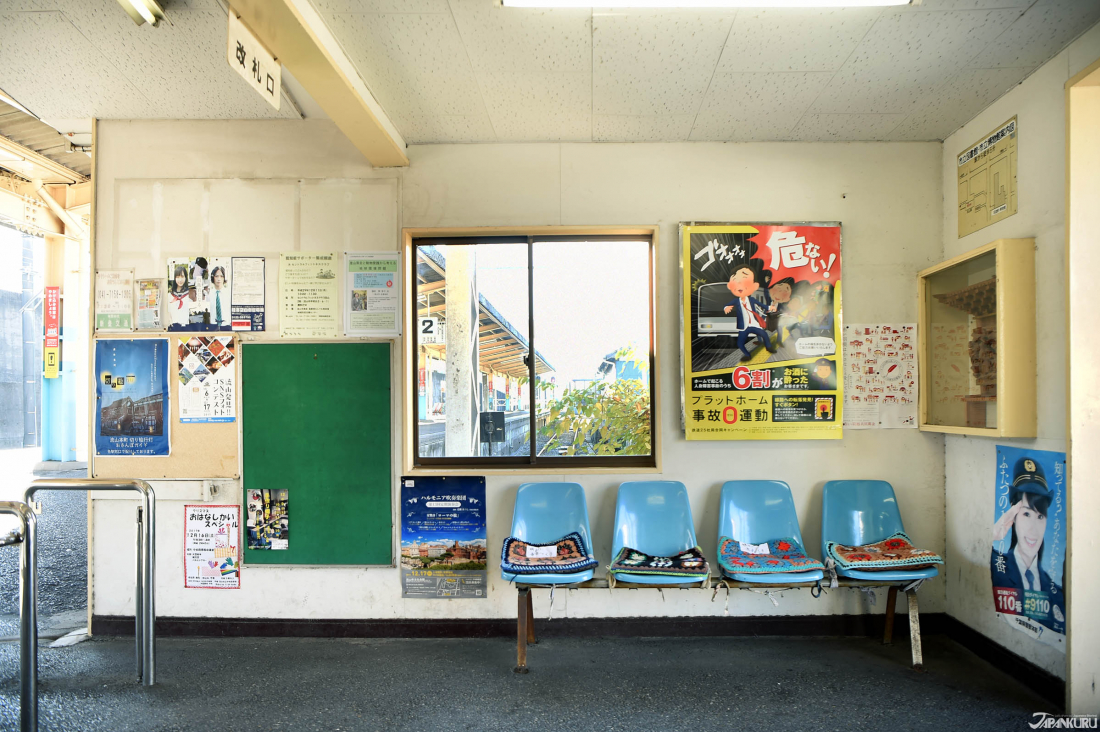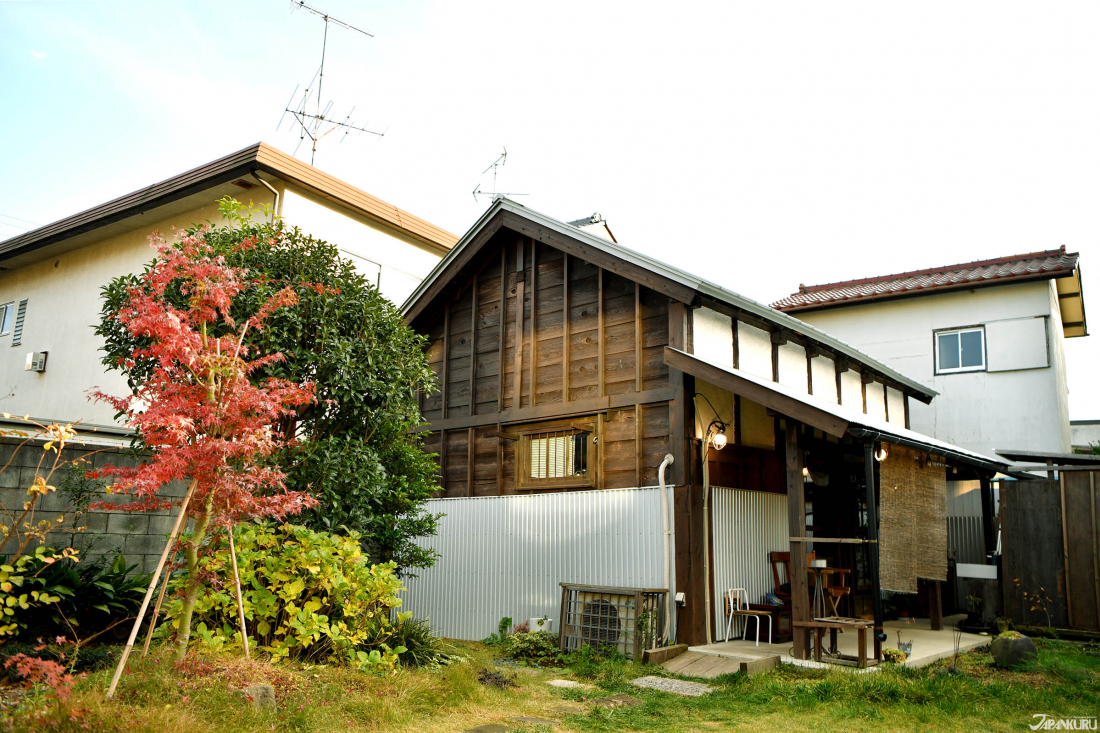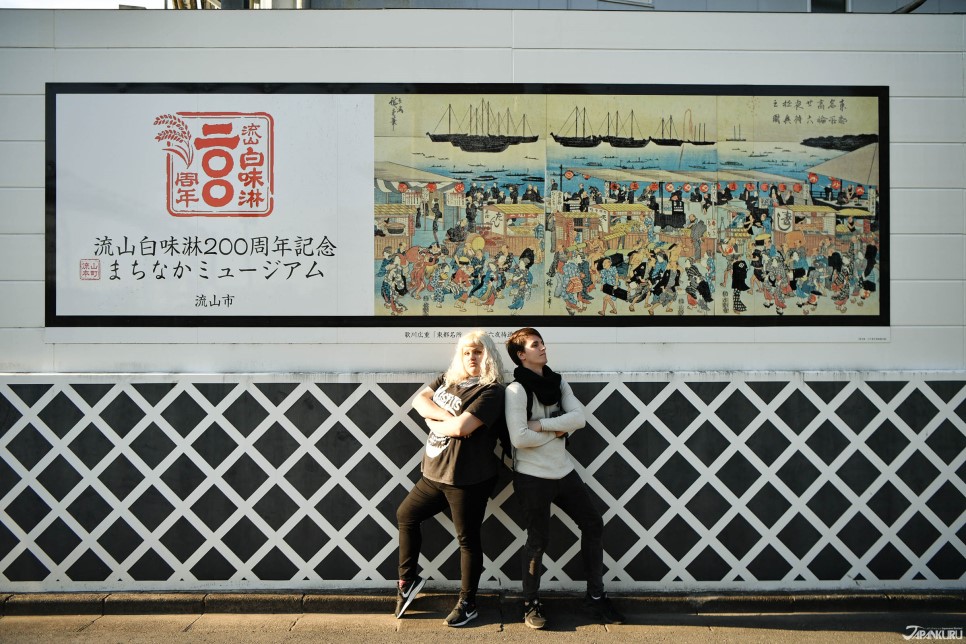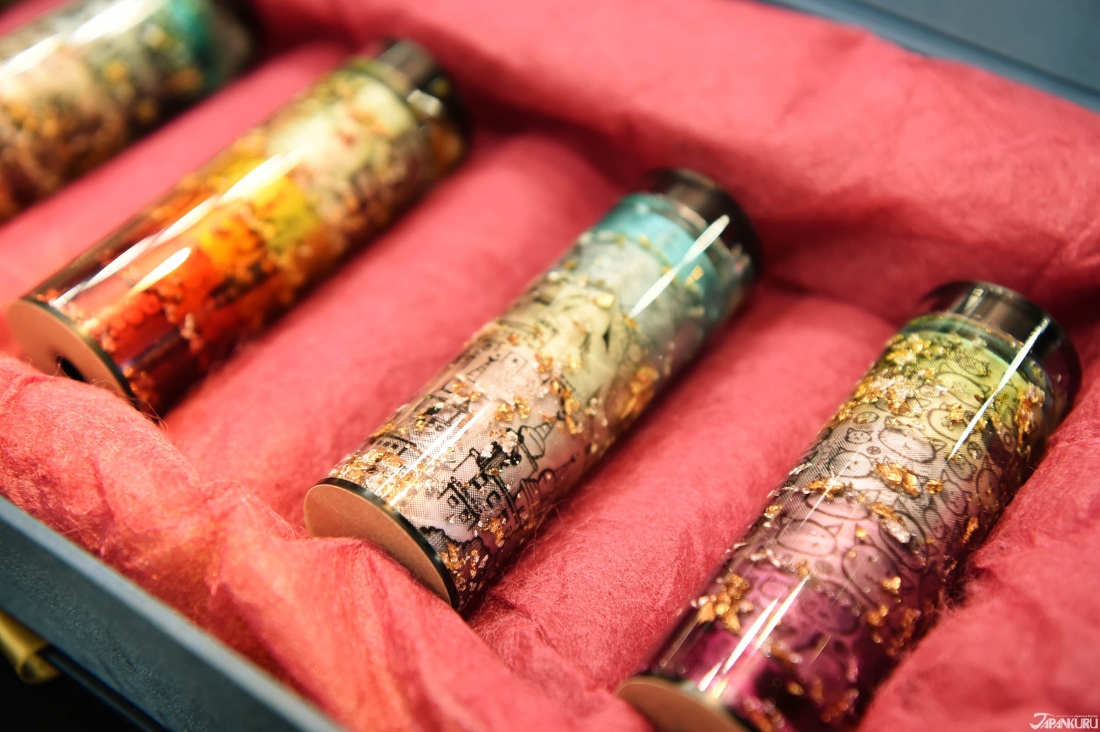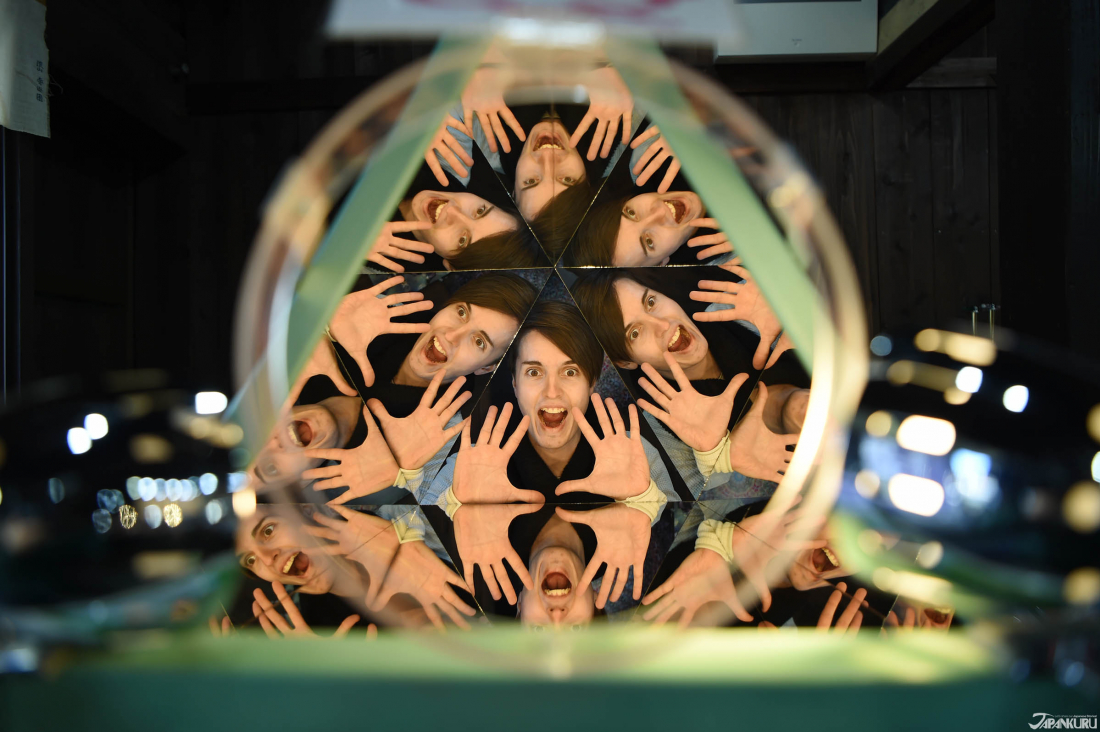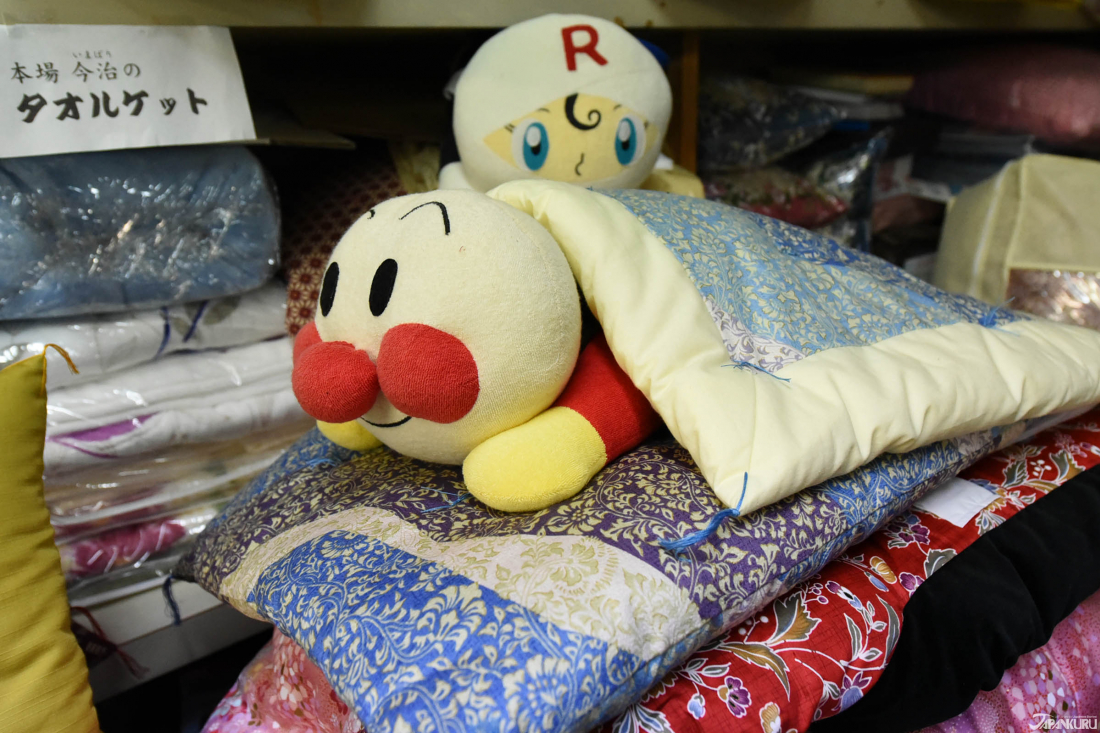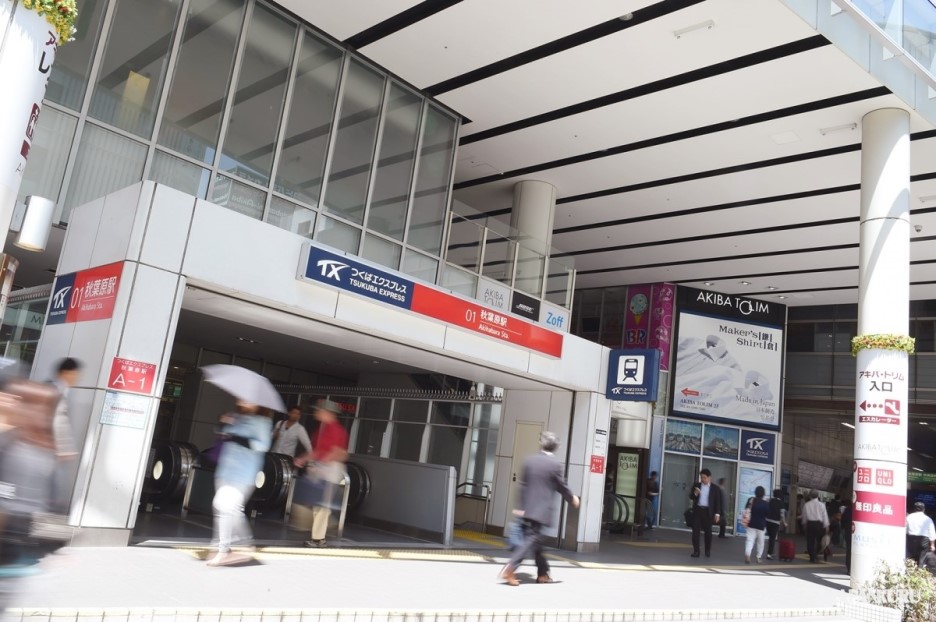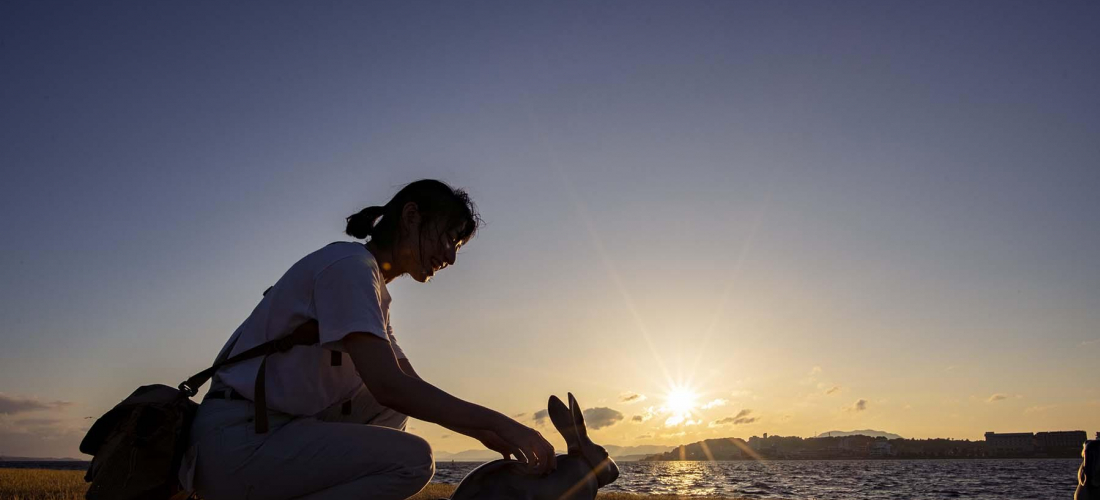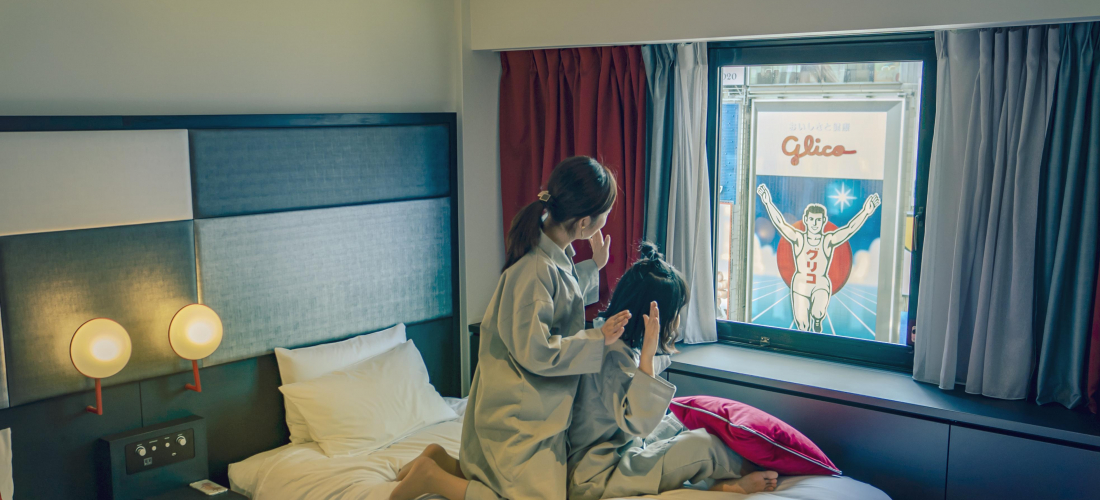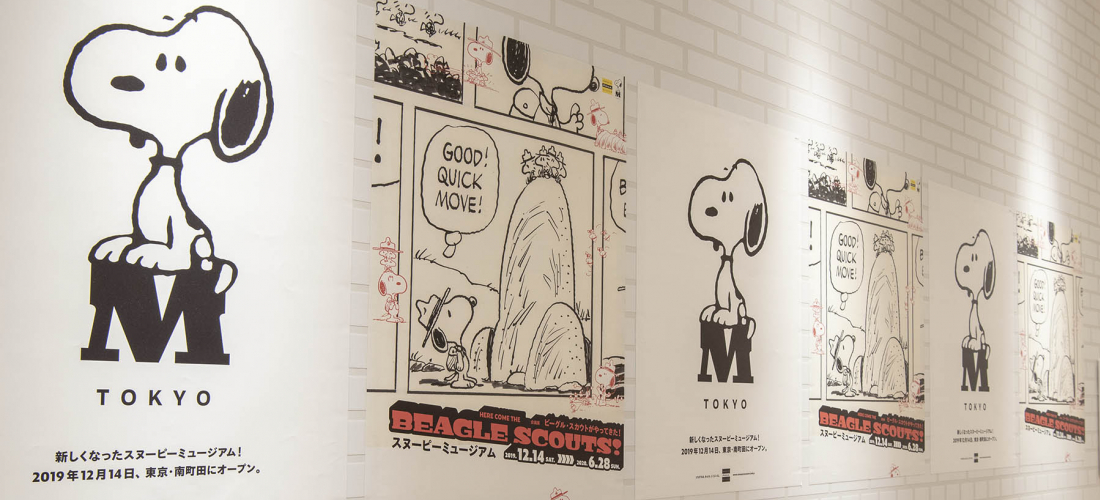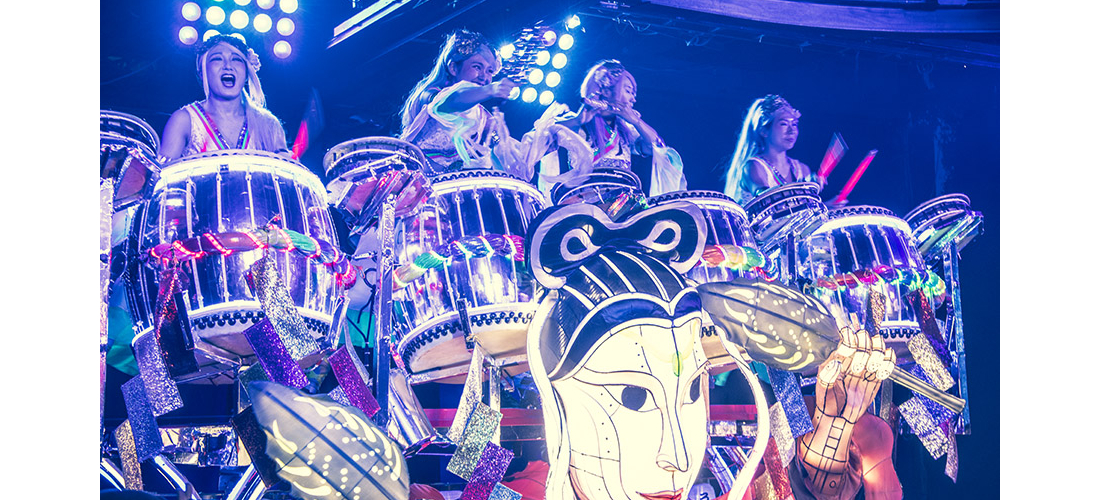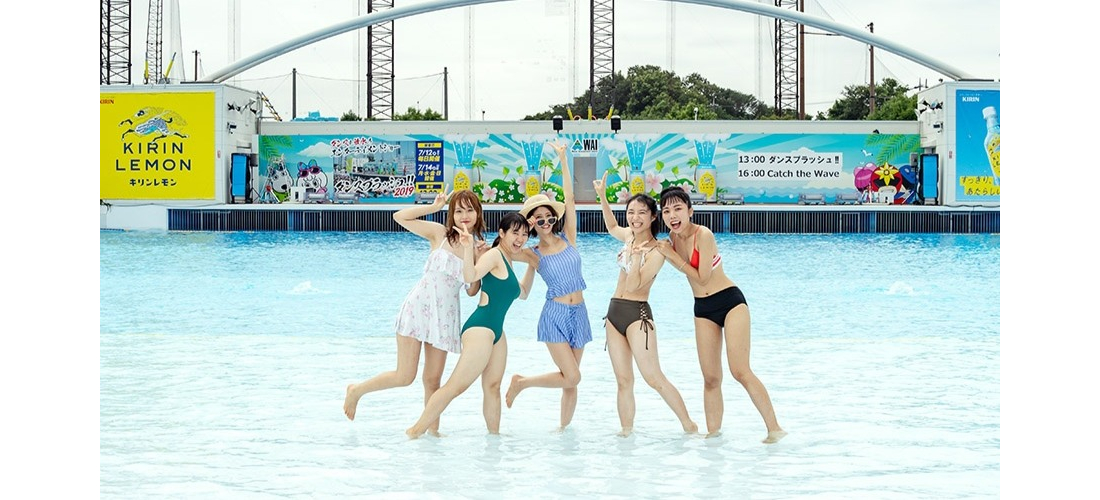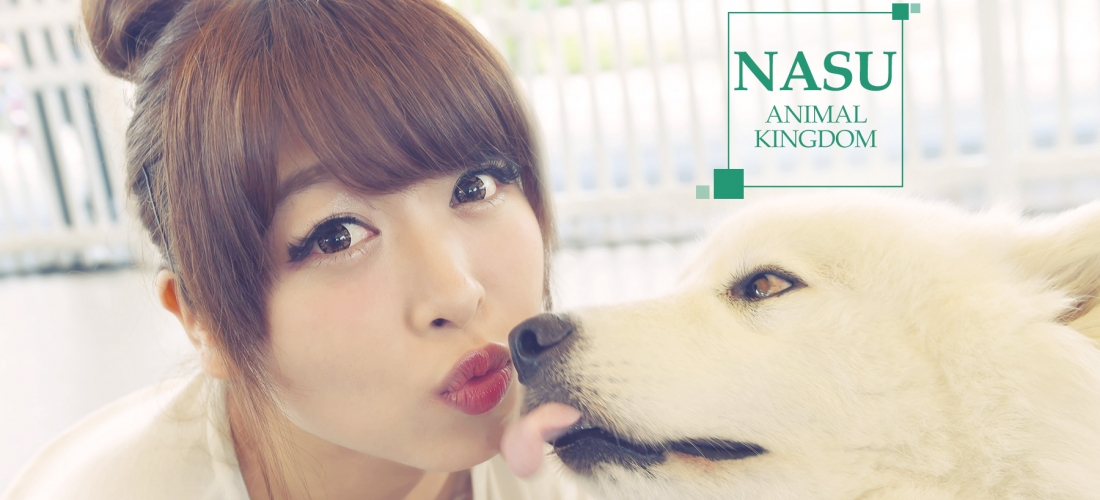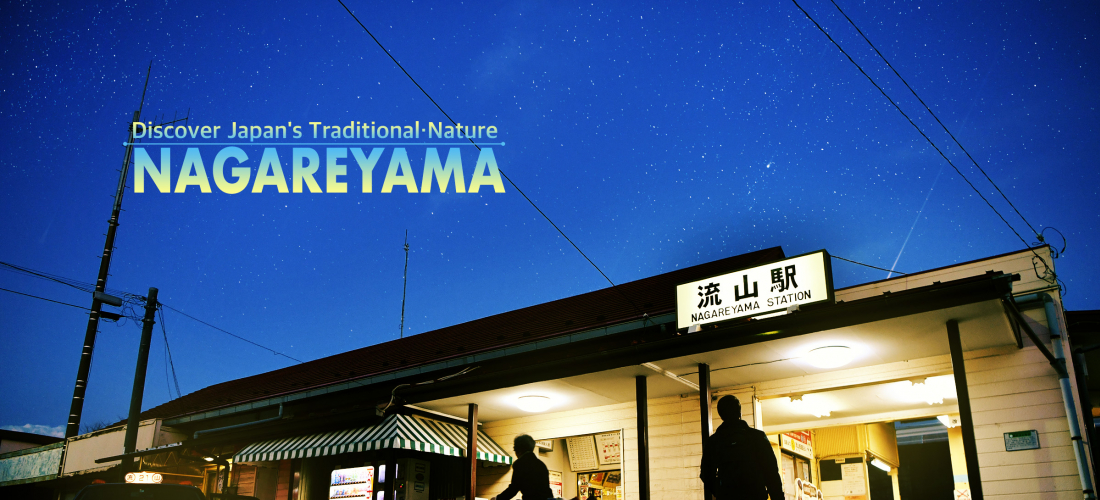
CONTENTS
Il y a peu nous avons eu l’occasion de passer par la ville de Nagareyama se trouvant non loin Tokyo. Nagareyama se trouva dans la préfecture de Chiba et compte 180000 habitants. C’est une ville résidentielle (car à portée de main), plutôt pratique pour les personnes souhaitant rester en périphérie de Tokyo tout en travaillant au centre (20 Minutes de trajet seulement).
La ville est plutôt populaire pour son Canal Tone se prolongeant jusqu’à la rivière Edogawa au centre de Tokyo. A l’origine c'était un moyen de transport rapide et sûre pour les marchandises dans les années 1890. Juste avec cette information vous pouvez déjà comprendre que la ville regorge d’histoires et d’anecdotes en tout genre. C’est la raison première de notre visite ici!
Où se restaurer?
① Café ONIWA
La plus grande partie de Nagareyama est couverte d’arbres et de végétation mais aussi de petits cafés cachés parmi cette dernière. Le Café ONIWA en est un bon exemple représentatif des cafés et restaurants de la ville de Nagareyama. Il est plutôt bien caché mais a une identité bien à lui qu’on ne retrouve pas forcément dans tous les cafés que nous avons déjà fait jusqu’à maintenant.
Les cafés de la ville sont souvent d’anciennes bâtisses rénovées subventionnées par la ville elle-même. Il est dit que la ville a déjà permis la rénovation de 7 boutiques et cafés afin d’éviter la destruction de ces bâtiments historiques. C’est quelque chose plutôt rare voire inexistant à Tokyo.
534-2, Higashifukai, Nagareyama-shi, Chiba
Google Maps
⏰ : Dimanche au Jeudi 11h-17h
Dernière commande pour les repas 15h, pour le café 16h
📞 : 080-9705-0020
Page Web (Japonais)
② tronc
Un autre café lui aussi assez petit et caché se trouve dans le quartier résidentiel de Nagareyama, son nom, tronc!
Le bâtiment vieux de 100 ans a été récemment rénové et l’ambiance vous rappellera peut-être un passage chez vos grands-parents.
Tronc
6-1300, Ka, Nagareyama-shi, Chiba
Google Maps
⏰ : 13h-21h (fermé les Mercredis et Jeudis)
📞 : 04-7126-0800
Page Web (Japonais)
Que faire sur place?
① Hall Commémoratif Issa-Soju (一茶双樹記念館)
Le Hall Commémoratif Issa-Soju fut le lieu de résidence du poète Kobayashi Ichiza, grand écrivain de l’Epoque Edo. Il est considéré comme un site historique où les voyageurs et les locaux peuvent se détendre. Vous pouvez également pénétrer dans le bâtiment pour admirer le jardin tout en partageant une tasse de thé entre amis ou en famille. Nous ne connaissions pas ce poète mais l’atmosphère et l’ambiance générale du lieu étaient réellement apaisantes.
6-670-1, Nagareyama-shi, Chiba Prefecture
Google Maps
⏰ : 9h – 17h (Fermé les Lundis et du 29 Décembre au 3 Janvier)
💴 : Adultes 100 yens, Collégiens et plus jeunes 50 yens
📞: 04-7150-5750
Page Web (Anglais)
Si vous parlez un peu anglais vous pouvez demander à être accompagné par un guide de la ville de Nagareyama/
② Usine de Sauce Soja Kubota (窪田味噌醤油)
Sauce Soja & Miso
Sur la droite vous pouvez voir du ‘Daizu’ (les graines de soja) et sur la gauche le ‘Kouji’ participant à la fermentation de la sauce soja. Le Kouji est apparemment aussi utilisé dans de nombreux produits de beauté.
Usine de Sauce Soja Kubota (窪田味噌醤油)
691 Yamazaki, Noda-shi, Chiba Prefecture
Google Maps
⏰ : 9h – 17h (Fermé les week-ends)
📞 : 04-7125-6111
Page Web (Japonais)
③ Distillerie Kubota (窪田酒造)
A deux pas d’ici vous trouverez la Distillerie Kubota qui est en fait une usine de saké fondé en 1872. Nous ne le savions pas avant notre passage mais Chiba a une longue histoire concernant la production de Saké notamment le nihonshu (日本酒 connu sous le nom de saké chez nous) Katsuka (勝鹿) produit ici est reconnu à travers le pays. Le saké a marqué l’histoire de Chiba grâce à la qualité des transports par voie d’eau débutant à l’Epoque Kanei (1624-1643) où seulement une distillerie existait. Petit à petit de nombreuses distilleries se sont développées dans la région.
A la distillerie vous pouvez comprendre plus en détails la préparation du saké à travers les différentes étapes du processus : polissage du riz, cuisson à la vapeur, préparation du kouji et de la purée de graine, fermentation moromi, pressage, pasteurisation, et l’affinage. A la fin de la visite il vous sera proposé de goûter aux divers crus que proposent la maison. De quoi se faire un bonne idée de la qualité de leur alcool.
691 Yamazaki, Noda-shi, Chiba Prefecture
Google Maps
⏰ : 9h – 17h30
📞 : 04-7125-3331
Page Web (Japonais)
④ Musée de Nagareyama (流山街中ミュージアム)
Le Manjo ‘Shiromirin’ (marin blanc), spécialité de la ville de Nagareyama, a fêté son 200ème anniversaire en 2014. Saisissant cette opportunité, la ville a installé le Musée de Nagareyama Machinaka afin d’exposé l’histoire du Shiromirin sur les murs de la société Kikkoman largement réputée pour sa production de sauce soja.
Le musée expose des artefacts rares comme le plus vieux label de mirin de la ville de Nagareyama, les anciens posters 'Appare' des familles Akimoto et Horikiri ayant mené au succès de l’industrie du marin. Le musée est aussi est surtout une façon d’attirer les visiteurs à découvrir la ville dans son ensemble et à promouvoir le tourisme dans le quartier historique de Nagareyama.
3 Cho-me, Nagareyama-shi, Chiba
Google Maps
Page Web (Japonais)
⑤ Gallerie de Kaléidoscope Misegura (見世蔵)
Misegura est une petite boutique de kaléidoscopes
Pour ceux n’ayant jamais touché à un kaléidoscope, il s’agit d’un objet offrant des motifs uniques par réflection de lumière sur plusieurs miroirs dans un long cylindre.
Même si il est plutôt rare de tomber sur des kaléidoscopes dans certaines cultures, ils sont faciles d’accès et plutôt intéressants! Nous avons appris que des conférences mondiales étaient également consacrées exclusivement aux kaléidoscopes.
Le nombre de kaléidoscopes sur place est vraiment impressionnant et vous ne manquerez pas de passer un bon moment en jetant un oeil à ces derniers.
2-101-1, Nagareyama, Nagareyama-shi, Chiba
Google Maps
⏰ : 10h – 17h (Fermé les Lundis et Mardis)
📞 : 04-7190-5100
Page Web (Japonais)
⑥ Sasaya (笹屋商店)
Sasaya est une boutique historique de ‘Futon’ (布団, ces fameux matelas japonais) existant depuis maintenant plus de 155 ans. Nous ne pensions pas que le lieu soit très populaire mais bien au contraire. Sassait est extrêmement connu pour raccommoder vos futons, oreillers et couettes.
Au Japon de nombreux Japonais utilisent encore les futon pour dormir, c’est pourquoi ce genre de boutiques au savoir-faire ancestrale continuent de perdurer! Il ne s’agit pas ici de grosses machines produisant en grande quantité mais plutôt du savoir-faire d’un artisan passionné qui sera à l’écoute de vos attentes!
Sasaya (笹屋商店)
1-155 Nagareyama, Nagareyama-shi, Chiba
Google Maps
⏰ : 10h – 18h (Fermé les Lundis et les second et troisième Mardis du mois)
📞 : 04-7158-0147
📠 : 04-7199-9780
Page Web (Japonais)
Comment s’y Rendre?
Nagareyama est plutôt simple d’accès. Se trouvant à quelques minutes de trajet de Tokyo, elle pourra être une destination agréable à visiter lors de votre séjour à Tokyo. Voici les deux façons de s’y rendre :
❶ Ryutetsu (Train local de Nagareyama)
❷ Tsukuba Express (Métro)
Cette ligne locale ne s’étend que sur 5,7 kilomètres. Le trajet vous demandera un peu plus de temps que le Tsukuba Express mais avec cette ligne vous pourrez faire l’expérience des stations en pleine campagne.
Si vous souhaitez passer par cette solution vous devrez faire la correspondance à la Station Mabashi (馬橋駅) sur la Ligne JR Joban (常磐線).
Page Web (Japonais)
La façon la plus facile de se rendre à Nagareyama est d’emprunter la Ligne Tsukuba Express (つくばエクスプレス). Il ne vous faudra alors que 20 petites minutes pour rejoindre la ville. Vous pouvez monter à bord du Tsukuba Express depuis les fameux spots touristiques Asakusa et Akihabara.
・Asakusa → Nagareyama Central Park (27 minutes) → d'ici vous pourrez accéder à la plupart des spots présentés en 20 minutes de marche
・Asakusa → Nagarayama Otaka no Mori (25 minutes) → Sortie Ouest →
① Bus 南流02(東武C) et descendez à l'arrêt Nagareyama Shiyakusho Iriguchi 流山市役所入口 (10 minutes)
② Bus 流03 et descendez à l'arrêt Nagareyama Shiyakusho Iriguchi 流山市役所入口 (10 minutes)
Restez connectés pour de nouveaux articles originaux tous les jours sur JAPANKURU🐶.
N'hésitez pas à nous suivre également sur nos réseaux Facebook et Instagram pour plus d'histoires japonaises!
Details
MAP
534-2, Higashifukai, Nagareyama-shi, Chiba
6-1300, Ka, Nagareyama-shi, Chiba
6-670-1, Nagareyama-shi, Chiba Prefecture
691 Yamazaki, Noda-shi, Chiba Prefecture
685 Yamazaki, Noda-shi, Chiba Prefecture
3 Cho-me, Nagareyama-shi, Chiba
2-101-1, Nagareyama, Nagareyama-shi, Chiba
1-155 Nagareyama, Nagareyama-shi, Chiba
ACCESS:Station de Nagareyama
CONTACT TEL:04-7168-1047
COMMENT
FEATURED MEDIA
VIEW MORE 
A New Tokyo Animal Destination: Relax & Learn About the World’s Animals in Japan
#pr #japankuru #anitouch #anitouchtokyodome #capybara #capybaracafe #animalcafe #tokyotrip #japantrip #카피바라 #애니터치 #아이와가볼만한곳 #도쿄여행 #가족여행 #東京旅遊 #東京親子景點 #日本動物互動體驗 #水豚泡澡 #東京巨蛋城 #เที่ยวญี่ปุ่น2025 #ที่เที่ยวครอบครัว #สวนสัตว์ในร่ม #TokyoDomeCity #anitouchtokyodome

Shohei Ohtani Collab Developed Products & Other Japanese Drugstore Recommendations From Kowa
#pr #japankuru
#kowa #syncronkowa #japanshopping #preworkout #postworkout #tokyoshopping #japantrip #일본쇼핑 #일본이온음료 #오타니 #오타니쇼헤이 #코와 #興和 #日本必買 #日本旅遊 #運動補充能量 #運動飲品 #ช้อปปิ้งญี่ปุ่น #เครื่องดื่มออกกำลังกาย #นักกีฬา #ผลิตภัณฑ์ญี่ปุ่น #อาหารเสริมญี่ปุ่น

도쿄 근교 당일치기 여행 추천! 작은 에도라 불리는 ‘가와고에’
세이부 ‘가와고에 패스(디지털)’ 하나면 편리하게 이동 + 가성비까지 완벽하게! 필름카메라 감성 가득한 레트로 거리 길거리 먹방부터 귀여움 끝판왕 핫플&포토 스폿까지 총집합!
Looking for day trips from Tokyo? Try Kawagoe, AKA Little Edo!
Use the SEIBU KAWAGOE PASS (Digital) for easy, affordable transportation!
Check out the historic streets of Kawagoe for some great street food and plenty of picturesque retro photo ops.
#pr #japankuru #도쿄근교여행 #가와고에 #가와고에패스 #세이부패스 #기모노체험 #가와고에여행 #도쿄여행코스 #도쿄근교당일치기 #세이부가와고에패스
#tokyotrip #kawagoe #tokyodaytrip #seibukawagoepass #kimono #japantrip

Hirakata Park, Osaka: Enjoy the Classic Japanese Theme Park Experience!
#pr #japankuru #hirakatapark #amusementpark #japantrip #osakatrip #familytrip #rollercoaster #retrôvibes #枚方公園 #大阪旅遊 #關西私房景點 #日本親子旅行 #日本遊樂園 #木造雲霄飛車 #히라카타파크 #สวนสนุกฮิราคาตะพาร์ค

🍵Love Matcha? Upgrade Your Matcha Experience With Tsujiri!
・160년 전통 일본 말차 브랜드 츠지리에서 말차 덕후들이 픽한 인기템만 골라봤어요
・抹茶控的天堂!甜點、餅乾、飲品一次滿足,連伴手禮都幫你列好清單了
・ส่องมัทฉะสุดฮิต พร้อมพาเที่ยวร้านดังในอุจิ เกียวโต
#pr #japankuru #matcha #matchalover #uji #kyoto #japantrip #ujimatcha #matchalatte #matchasweets #tsujiri #말차 #말차덕후 #츠지리 #교토여행 #말차라떼 #辻利抹茶 #抹茶控 #日本抹茶 #宇治 #宇治抹茶 #日本伴手禮 #抹茶拿鐵 #抹茶甜點 #มัทฉะ #ของฝากญี่ปุ่น #ชาเขียวญี่ปุ่น #ซึจิริ #เกียวโต

・What Is Nenaito? And How Does This Sleep Care Supplement Work?
・你的睡眠保健品——認識「睡眠茶氨酸錠」
・수면 케어 서플리먼트 ‘네나이토’란?
・ผลิตภัณฑ์เสริมอาหารดูแลการนอน “Nenaito(ネナイト)” คืออะไร?
#pr #japankuru #sleepcare #japanshopping #nenaito #sleepsupplement #asahi #睡眠茶氨酸錠 #睡眠保健 #朝日 #l茶胺酸 #日本藥妝 #日本必買 #일본쇼핑 #수면 #건강하자 #네나이토 #일본영양제 #อาหารเสริมญี่ปุ่น #ช้อปปิ้งญี่ปุ่น #ร้านขายยาญี่ปุ่น #ดูแลตัวเองก่อนนอน #อาซาฮิ

Japanese Drugstore Must-Buys! Essential Items from Hisamitsu® Pharmaceutical
#PR #japankuru #hisamitsu #salonpas #feitas #hisamitsupharmaceutical #japanshopping #tokyoshopping #traveltips #japanhaul #japantrip #japantravel

Whether you grew up with Dragon Ball or you just fell in love with Dragon Ball DAIMA, you'll like the newest JINS collab. Shop this limited-edition Dragon Ball accessory collection to find some of the best Dragon Ball merchandise in Japan!
>> Find out more at Japankuru.com! (link in bio)
#japankuru #dragonball #dragonballdaima #animecollab #japanshopping #jins #japaneseglasses #japantravel #animemerch #pr

This month, Japankuru teamed up with @official_korekoko to invite three influencers (originally from Thailand, China, and Taiwan) on a trip to Yokohama. Check out the article (in Chinese) on Japankuru.com for all of their travel tips and photography hints - and look forward to more cool collaborations coming soon!
【橫濱夜散策 x 教你怎麼拍出網美照 📸✨】
每次來日本玩,是不是都會先找旅日網紅的推薦清單?
這次,我們邀請擁有日本豐富旅遊經驗的🇹🇭泰國、🇨🇳中國、🇹🇼台灣網紅,帶你走進夜晚的橫濱!從玩樂路線到拍照技巧,教你怎麼拍出最美的夜景照。那些熟悉的景點,換個視角說不定會有新發現~快跟他們一起出發吧!
#japankuru #橫濱紅磚倉庫 #汽車道 #中華街 #yokohama #japankuru #橫濱紅磚倉庫 #汽車道 #中華街 #yokohama #yokohamaredbrickwarehouse #yokohamachinatown

If you’re a fan of Vivienne Westwood's Japanese designs, and you’re looking forward to shopping in Harajuku this summer, we’ve got important news for you. Vivienne Westwood RED LABEL Laforet Harajuku is now closed for renovations - but the grand reopening is scheduled for July!
>> Find out more at Japankuru.com! (link in bio)
#japankuru #viviennewestwood #harajuku #omotesando #viviennewestwoodredlabel #viviennewestwoodjapan #비비안웨스트우드 #오모테산도 #하라주쿠 #日本購物 #薇薇安魏斯伍德 #日本時尚 #原宿 #表參道 #japantrip #japanshopping #pr

Ready to see TeamLab in Kyoto!? At TeamLab Biovortex Kyoto, the collective is taking their acclaimed immersive art and bringing it to Japan's ancient capital. We can't wait to see it for ourselves this autumn!
>> Find out more at Japankuru.com! (link in bio)
#japankuru #teamlab #teamlabbiovortex #kyoto #kyototrip #japantravel #artnews
Photos courtesy of teamLab, Exhibition view of teamLab Biovortex Kyoto, 2025, Kyoto ® teamLab, courtesy Pace Gallery

Japanese Makeup Shopping • A Trip to Kamakura & Enoshima With Canmake’s Cool-Toned Summer Makeup
#pr #canmake #enoshima #enoden #에노시마 #캔메이크 #japanesemakeup #japanesecosmetics

⚔️The Robot Restaurant is gone, but the Samurai Restaurant is here to take its place. Check it out, and don't forget your coupon!
🍣신주쿠의 명소 로봇 레스토랑이 사무라이 레스토랑으로 부활! 절찬 쿠폰 발급중
💃18歲以上才能入場的歌舞秀,和你想的不一樣!拿好優惠券去看看~
#tokyo #shinjuku #samurairestaurant #robotrestaurant #tokyotrip #도쿄여행 #신주쿠 #사무라이레스토랑 #이색체험 #할인이벤트 #歌舞伎町 #東京景點 #武士餐廳 #日本表演 #日本文化體驗 #japankuru #japantrip #japantravel #japanlovers #japan_of_insta

Japanese appliance & electronics shopping with our KOJIMA x BicCamera coupon!
用JAPANKURU的KOJIMA x BicCamera優惠券買這些正好❤️
코지마 x 빅 카메라 쿠폰으로 일본 가전 제품 쇼핑하기
#pr #japankuru #japanshopping #kojima #biccamera #japaneseskincare #yaman #dji #osmopocket3 #skincaredevice #日本購物 #美容儀 #相機 #雅萌 #日本家電 #일본여행 #면세 #여행꿀팁 #일본쇼핑리스트 #쿠폰 #일본쇼핑 #일본브랜드 #할인 #코지마 #빅카메라 #japankurucoupon

